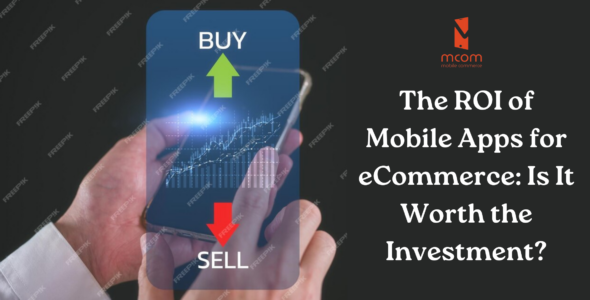In the dynamic world of online commerce, where user experience plays a central role, the design of an e-commerce application becomes a fundamental element for business success. Now more than ever, consumers demand high-quality visuals and user-friendly interfaces, placing design at the core of any thriving e-commerce application strategy. In this article, we will explore the importance of design and its direct impact on the performance of an e-commerce application.
1. First Impression and Credibility
The design of your e-commerce application is the initial impression users will have of your company. A visually appealing interface instantly creates a sense of credibility and professionalism. Users tend to trust sites with a polished design, which can result in increased conversion rates from visitors to customers.
2. Intuitive Navigation and User Experience
Well-thought-out design goes beyond aesthetics. It encompasses intuitive navigation that facilitates product searches, the checkout process, and cart management. A smooth user experience encourages customer retention and may even prompt them to return for future purchases. Clear menus, well-placed action buttons, and an intuitive layout contribute to customer satisfaction.
3. Différenciation Concurrentielle
In a saturated market, standing out from the competition is essential. Distinctive design can be a major asset for your e-commerce application. Creating a strong visual identity through design can help your business stay in the minds of consumers, prompting them to choose your application over other competitive options.
4. Optimisation pour les Dispositifs Mobiles
With the increasing prevalence of online shopping through mobile devices, optimization for smartphones and tablets is crucial. Responsive design ensures a consistent user experience regardless of the device used. Consumers seek convenience, and a well-designed e-commerce application that adapts to different screens meets this requirement.
5. Influence on Purchase Decisions
Design can directly impact user purchasing behavior. Attractive product images, clear descriptions, and well-crafted calls to action can spark interest and drive conversions. Design can subtly influence users' emotions, prompting impulsive and positive purchasing decisions.
Conclusion:
In conclusion, the importance of design in the success of an e-commerce application cannot be underestimated. From the initial visual contact to smooth navigation and influence on purchasing decisions, design affects every aspect of the user experience. Businesses that recognize this reality and invest in quality design are better positioned to thrive in the competitive world of e-commerce. Ultimately, design is not just an aesthetic matter but a strategic investment in the growth and sustainability of your online business.

 Customer portal
Customer portal 

